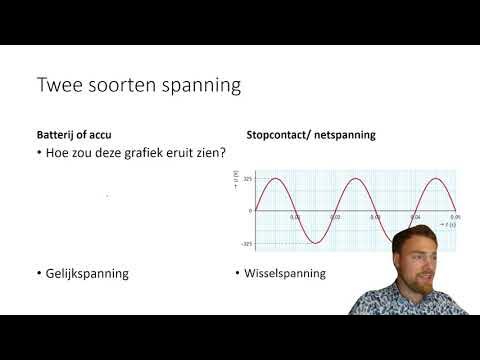Materi Pelatihan Pembangkit Listrik Tenaga Uap (PLTU).
Summary
TLDRThis video provides an in-depth explanation of how a Steam Power Plant (PLTU) generates electricity. It covers the conversion of chemical energy into thermal energy, which heats water to produce high-pressure steam. The steam drives turbines that generate mechanical energy, which is then converted into electricity by a generator. The process also details the Rankine cycle, desalination, demineralization, and heating stages involved in preparing water for steam production. Key components such as boilers, turbines, condensers, and superheaters are explained, offering insight into the efficient functioning of a power plant.
Takeaways
- 😀 PLTU (Steam Power Plant) uses heat energy to produce steam, which is then used to generate electricity.
- 😀 The primary components of a steam power plant include the boiler, condenser, turbine, and generator.
- 😀 The boiler converts water into steam using heat, while the condenser cools down the steam, turning it back into water.
- 😀 The turbine converts the steam's energy into mechanical energy, which is then used by the generator to produce electricity.
- 😀 Supporting components like desalination units, demineralization units, and pump systems help maintain efficient operation.
- 😀 The Rankine Cycle is a thermodynamic cycle used in PLTU to convert heat energy into mechanical work and electricity.
- 😀 Water undergoes desalination and demineralization before being used in the steam generation process to remove salts and minerals.
- 😀 Superheating steam increases its temperature and pressure, making it suitable for driving turbines effectively.
- 😀 Water in the PLTU system passes through multiple heating stages: LP heater, HP heater, economizer, and superheater before entering the boiler.
- 😀 After the steam powers the turbines, it is cooled down and condensed back into water in the condenser, completing the cycle.
Q & A
What is the primary function of a Steam Power Plant (PLTU)?
-The primary function of a Steam Power Plant (PLTU) is to generate electricity by converting heat energy into electrical energy through the use of steam to drive turbines, which in turn power generators.
How does the Steam Power Plant generate steam?
-The plant generates steam by heating water using fuel and air in a boiler. The resulting high-pressure steam is used to drive a turbine connected to a generator.
What are the main components of a Steam Power Plant?
-The main components of a Steam Power Plant include the boiler, condenser, turbine, generator, and auxiliary systems like desalination units, demineralization tanks, and heaters.
What role does the condenser play in the steam cycle?
-The condenser cools the steam from the turbine, turning it back into water, which is then recirculated in the system to maintain the cycle.
What is the Rankine Cycle, and how does it apply to PLTU?
-The Rankine Cycle is a thermodynamic cycle used in steam power plants that converts heat energy into mechanical energy. In PLTU, it involves the heating, vaporizing, and cooling of water to produce steam, drive turbines, and generate electricity.
Why is desalination necessary in a Steam Power Plant?
-Desalination is necessary to remove salt and other impurities from seawater, ensuring that the water used in the steam cycle is clean and does not damage the equipment.
What is the process of demineralization in PLTU?
-Demineralization involves removing dissolved minerals from water to prevent scale formation and corrosion in the boiler and other components of the steam cycle.
How does the economizer work in a Steam Power Plant?
-The economizer is a heat exchange device that preheats water before it enters the boiler, using the heat from the exhaust gases. This process improves the overall efficiency of the plant.
What is the purpose of the superheater in PLTU?
-The superheater heats the steam further after it has been produced in the boiler, raising its temperature to maximize the efficiency of the turbines.
How does the turbine contribute to electricity generation in PLTU?
-The turbine is driven by high-pressure steam. As the steam passes through the turbine blades, it causes them to rotate, converting thermal energy into mechanical energy. This rotational energy is then used to drive the generator, producing electricity.
Outlines

This section is available to paid users only. Please upgrade to access this part.
Upgrade NowMindmap

This section is available to paid users only. Please upgrade to access this part.
Upgrade NowKeywords

This section is available to paid users only. Please upgrade to access this part.
Upgrade NowHighlights

This section is available to paid users only. Please upgrade to access this part.
Upgrade NowTranscripts

This section is available to paid users only. Please upgrade to access this part.
Upgrade Now5.0 / 5 (0 votes)





